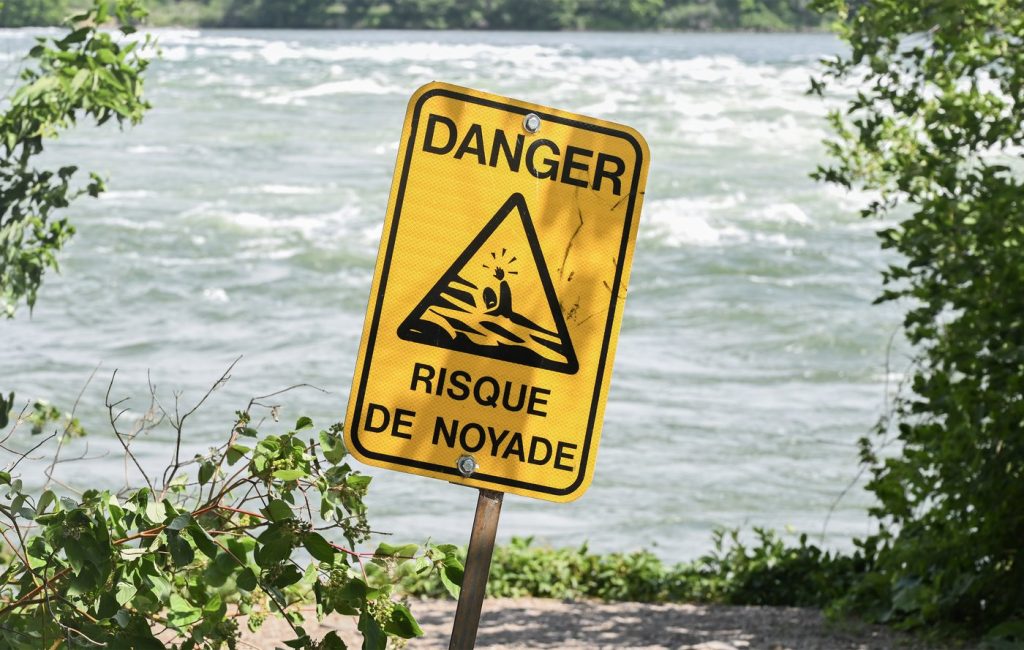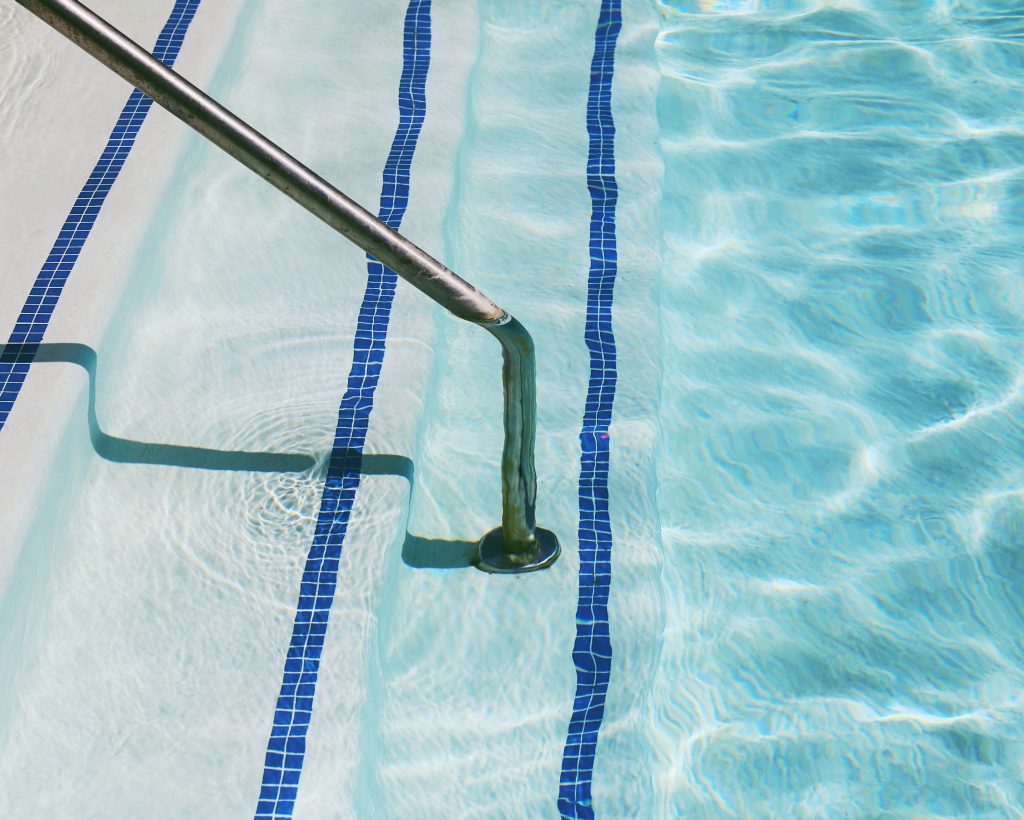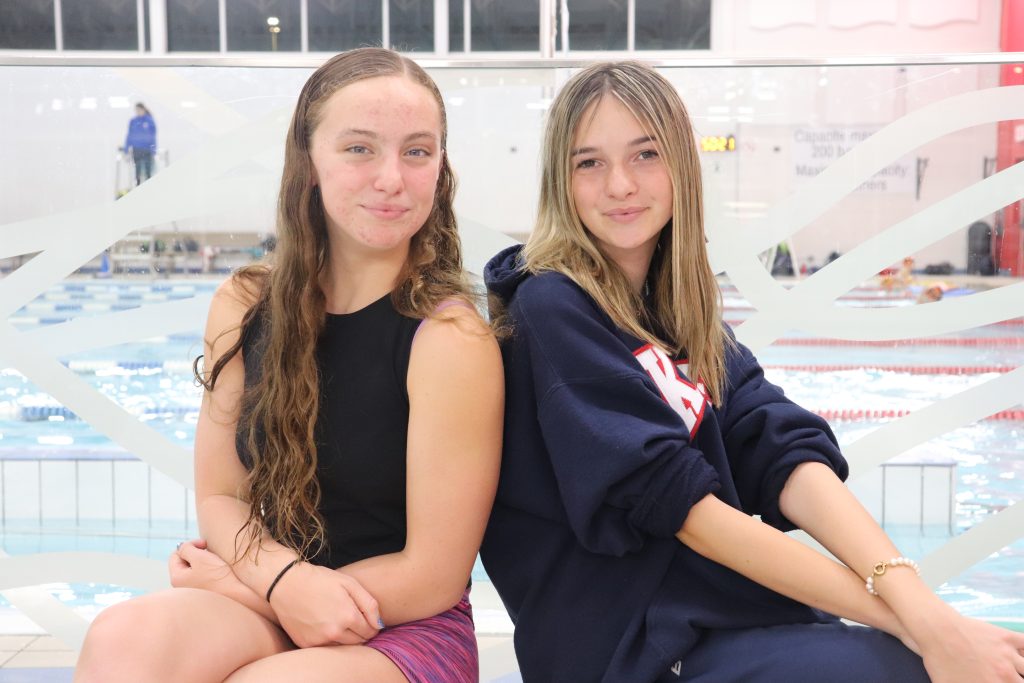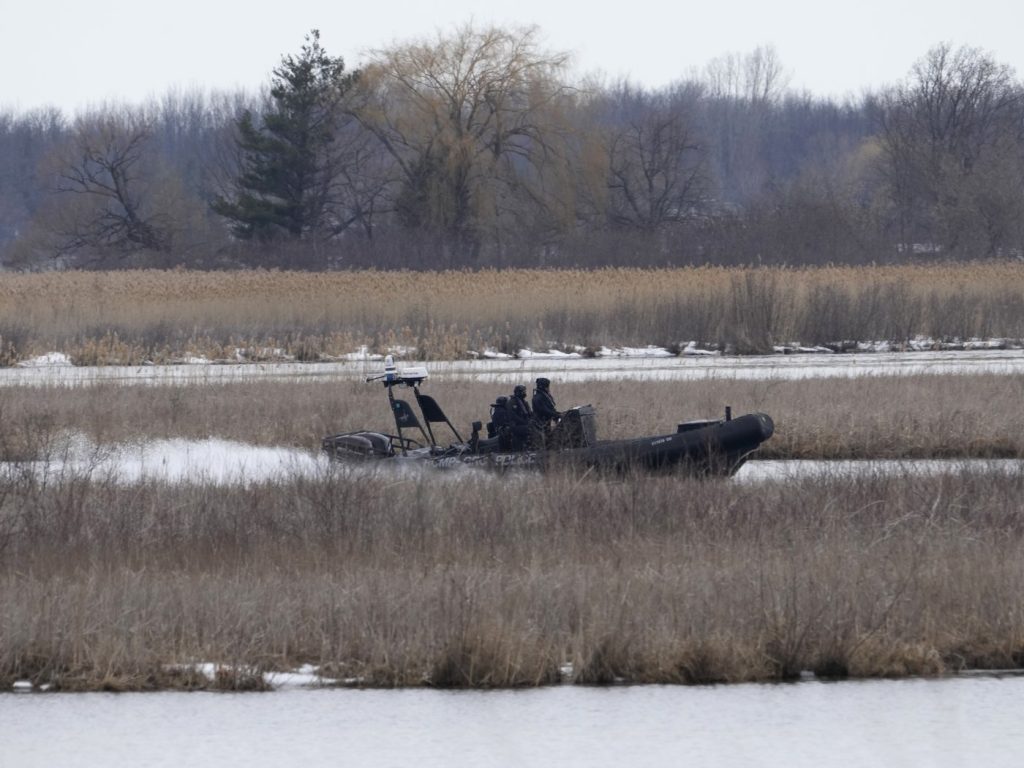Child a day will end up in Quebec ER for drowning or near-drowning: study

Posted May 23, 2024 2:19 pm.
One child in Quebec is expected to be in an emergency room for a drowning or near-drowning this summer, according to the Montreal Children’s Hospital at the McGill University Health Centre.
While Canadians have been eagerly waiting for warm weather and begin to hit the pools, lakes, or water parks, the risk of drowning remains extremely high.
Year over year, drowning continues to be the leading cause of unintentional injury-related deaths in Canada.
A study was conducted by Dr. Hussein Wissanji, pediatric general surgeon at the Montreal Children’s Hospital (MCH), to determine how often a child ends up in an emergency room within the province, and the findings highlight the stress for water safety and education.
The findings indicate that each summer, there’s an average of one child a day needing to go to a hospital for a drowning or near-drowning.
“The study aims to better understand the frequency and severity of drownings and near-drownings among children in Quebec, in the context of the adoption of provincial regulations on pool enclosures,” says Dr. Wissanji.
RELATED:
Some regulations are already in place. Owners of residential pools must meet certain standards, however, owners of pools installed before Nov. 2010, still have until Sept. 30, 2025, to get up to spec.
Dr. Wissanji’s research found that children between one and 4-years-old are the most at risk for drowning. Despite this, all children between 0 and 17, are still highly at risk.
The study also found in most cases, drowning deaths occurred more frequently when the child was alone, or not using proper protective measures like a life jacket.
“For every child who dies from drowning, more than ten go to emergency or are hospitalized for near-drowning. These are not isolated cases and vigilance is called for,” notes Dr. Wissanji.
Drowning prevention
There are many ways to help prevent drowning according to the Canadian Hospitals Injury Reporting and Prevention Program. Which include:
- Constant adult supervision;
- Close, undistracted, and attentive surveillance of children around any body of water,
- All eyes on the water at all times,
- No phones, screens, books, and no chatting with neighbours or drinking alcohol.
- Wear appropriate life-saving devices, which include a life jacket;
- An adult should be within arm’s reach of anyone with weak swimming skills;
- knowing the swimming skill levels of all those who are swimming.
- Proper swimming lessons are highly encouraged;
- CPR training;
- Never swim alone;
- Teach children to swim with a buddy.
MCH experts also suggest installing proper fencing, with a lockable gate, around a pool to limit direct access.
If a gate cannot be installed, due to the body of water being something like a lake, it is recommended that parents find alternative measures to limit the ability of a child being able to wander to the water on their own.
More measures on how to prevent drowning deaths can be found on the MCH website.






